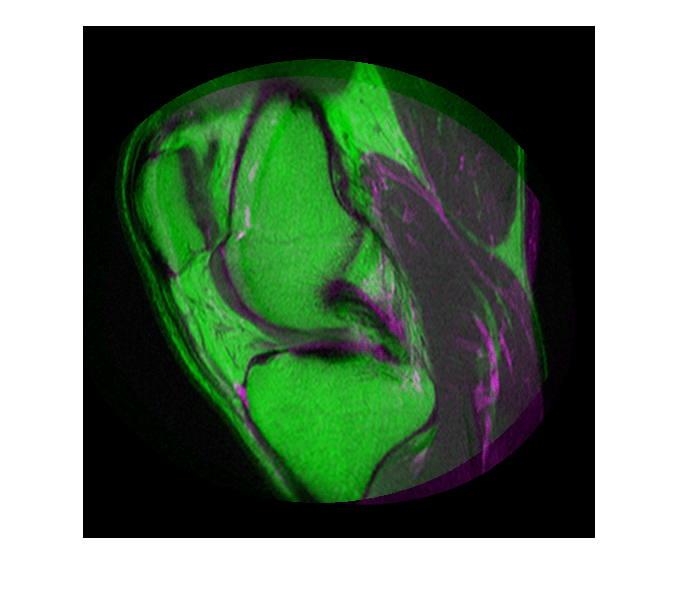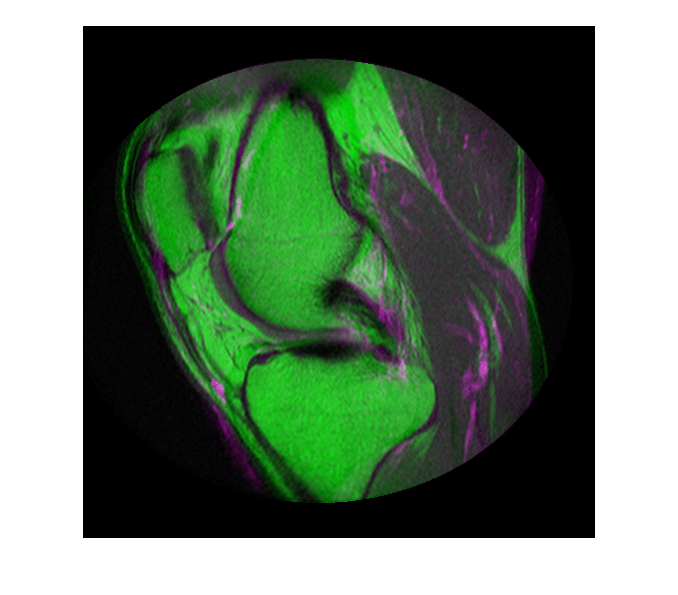OnePlusOneEvolutionary
One-plus-one evolutionary optimizer configuration
Description
A OnePlusOneEvolutionary object describes a one-plus-one
evolutionary optimization configuration that you pass to the function imregister to solve image registration problems.
Creation
You can create a OnePlusOneEvolutionary object using the following
methods:
imregconfig— Returns aOnePlusOneEvolutionaryobject paired with an appropriate metric for registering multimodal imagesEntering
on the command line creates ametric = registration.optimizer.OnePlusOneEvolutionary;
OnePlusOneEvolutionaryobject with default settings
Properties
Examples
Algorithms
An evolutionary algorithm iterates to find a set of parameters that produce the best possible registration result. It does this by perturbing, or mutating, the parameters from the last iteration (the parent). If the new (child) parameters yield a better result, then the child becomes the new parent whose parameters are perturbed, perhaps more aggressively. If the parent yields a better result, it remains the parent and the next perturbation is less aggressive.
References
[1] Styner, M., C. Brechbuehler, G. Székely, and G. Gerig. "Parametric estimate of intensity inhomogeneities applied to MRI." IEEE Transactions on Medical Imaging. Vol. 19, Number 3, 2000, pp. 153-165.

